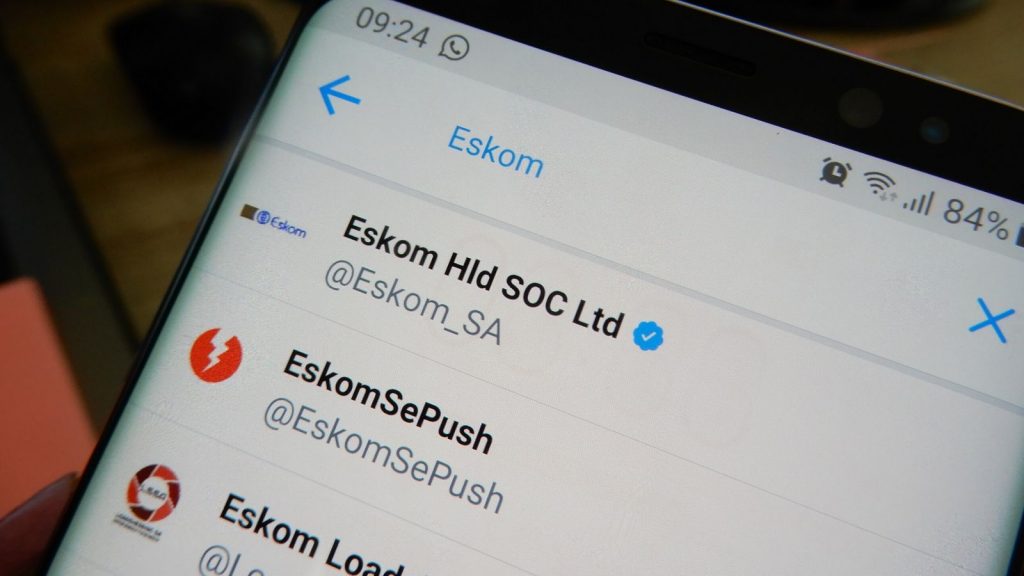OpenAI has launched GPT 5.2, a major model upgrade now available in both the API and ChatGPT. It is described as the company’s most…
Apps and tools to help you keep track of your loadshedding schedule and stages

Loadshedding has been a reality for South Africans for over a decade. As such, it has become easier to track and stay up-to-date with your loadshedding schedule using online tools and apps.
From smartphone apps to Twitter accounts to follow, here are a few tools to make finding your loadshedding schedule and status easier.
Loadshedding apps
Two of the most popular loadshedding apps in South Africa are Eskom Se Push and Load Shedding Notifier.
Both apps allow you to receive updates on when loadshedding is scheduled. They also let you add your specific zone and suburb.
Which app you prefer will depend on your needs and preferences. For example, Eskom Se Push has a sleeker UI and a simpler summary for your schedule.
Meanwhile, Load Shedding Notifier has configurable alerts and a larger overview of schedules.
Both apps include the City of Cape Town-specific stage of loadshedding, since the municipality often tries to implement a lower stage for City-supplied customers.
Find your loadshedding schedule online
Many municipalities and Eskom itself have shared loadshedding schedules online.
Eskom has a site where you can look up loadshedding schedules at loadshedding.eskom.co.za. The site also lets you know if Eskom is currently implementing rolling blackouts.
However, the downside of using these resources is that municipalities often delete schedules when updating them, without providing a redirect.
And when you do find a schedule, you will also need to know your zone or area number to make sense of the table.
We’ve rounded up online loadshedding schedules for different municipalities in our article on the topic.
Twitter accounts that share loadshedding updates
The quickest way to find out whether Eskom is implementing loadshedding is with its official Twitter account.
Apps and news publications get their updates on planned loadshedding from this account.
Eskom to implement Stage 2 loadshedding starting at 08:00 this morning as breakdowns
increase pic.twitter.com/K5x0CBuyEp— Eskom Hld SOC Ltd (@Eskom_SA) August 13, 2020
Follow or check the official Eskom Twitter account to keep up-to-date with the nationwide load shedding status.
Another consideration to make is that the loadshedding stage may differ for municipality versus Eskom-supplied customers.
For example, the City of Cape Town often implements one stage lower for load shedding for City customers (such as prepaid electricity users).
Eskom has confirmed load-shedding will be active from 08:00 today. Stage 2 will apply for Eskom customers. Most City customers will be shed at Stage 1 as the City is protecting customers from one stage of load-shedding. pic.twitter.com/vC6h73gIhH
— City of Cape Town (@CityofCT) August 13, 2020
If you use prepaid electricity or get your electricity from your municipality rather than Eskom, you should also check your city’s Twitter account when Eskom announces loadshedding.
This is the quickest way to see if your stage differs from the nationwide loadshedding schedule.
Here are some of the major municipalities’ Twitter accounts that you can use to check your loadshedding status.
- City of Cape Town
- Johannesburg’s City Power
- City of Tshwane
- eThekwini Municipality
- Nelson Mandela Bay Municipality
- City of Ekurhuleni
These accounts also let you know if you are experiencing an unexpected fault or outage, or loadshedding.
Meanwhile, if you fall within a different region, it’s still worth checking your local municipality’s Twitter account to see if your load shedding is mitigated to a lower stage.
Feature image: Memeburn


